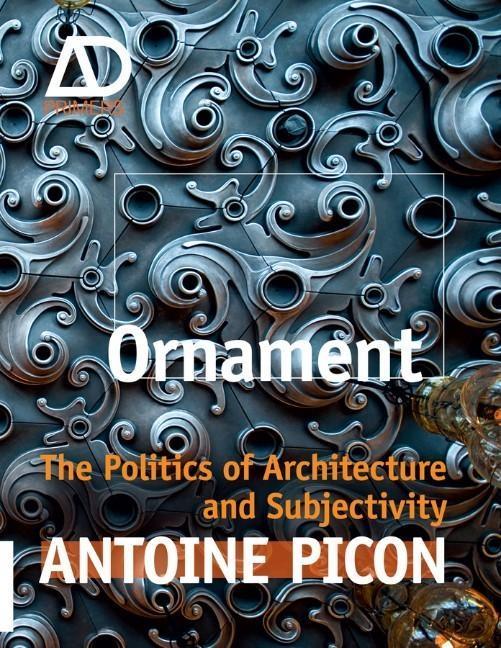Bücher versandkostenfrei*100 Tage RückgaberechtAbholung in der Wunschfiliale
NEU: Das Hugendubel Hörbuch Abo - jederzeit, überall, für nur 7,95 € monatlich!
Jetzt entdecken
mehr erfahren
Sofort lieferbar (Download)
Once condemned by Modernism and compared to a
'crime' by Adolf Loos, ornament has made a spectacular
return in contemporary architecture. This is typified by the works
of well-known architects such as Herzog & de Meuron, Sauerbruch
Hutton, Farshid Moussavi Architecture and OMA. There is no doubt
that these new ornamental tendencies are inseparable from
innovations in computer technology. The proliferation of
developments in design software has enabled architects to
experiment afresh with texture, colour, pattern and topology.
Though inextricably linked with digital tools and culture, Antoine
Picon argues that some significant traits in ornament persist from
earlier Western architectural traditions. These he defines as the
'subjective' - the human interaction that
ornament requires in both its production and its reception -
and the political. Contrary to the message conveyed by the founding
fathers of modern architecture, traditional ornament was not meant
only for pleasure. It conveyed vital information about the
designation of buildings as well as about the rank of their owners.
As such, it participated in the expression of social values,
hierarchies and order. By bringing previous traditions in ornament
under scrutiny, Picon makes us question the political issues at
stake in today's ornamental revival. What does it tell us
about present-day culture? Why are we presently so fearful of
meaning in architecture? Could it be that by steering so vehemently
away from symbolism, contemporary architecture is evading any
explicit contribution to collective values?
'crime' by Adolf Loos, ornament has made a spectacular
return in contemporary architecture. This is typified by the works
of well-known architects such as Herzog & de Meuron, Sauerbruch
Hutton, Farshid Moussavi Architecture and OMA. There is no doubt
that these new ornamental tendencies are inseparable from
innovations in computer technology. The proliferation of
developments in design software has enabled architects to
experiment afresh with texture, colour, pattern and topology.
Though inextricably linked with digital tools and culture, Antoine
Picon argues that some significant traits in ornament persist from
earlier Western architectural traditions. These he defines as the
'subjective' - the human interaction that
ornament requires in both its production and its reception -
and the political. Contrary to the message conveyed by the founding
fathers of modern architecture, traditional ornament was not meant
only for pleasure. It conveyed vital information about the
designation of buildings as well as about the rank of their owners.
As such, it participated in the expression of social values,
hierarchies and order. By bringing previous traditions in ornament
under scrutiny, Picon makes us question the political issues at
stake in today's ornamental revival. What does it tell us
about present-day culture? Why are we presently so fearful of
meaning in architecture? Could it be that by steering so vehemently
away from symbolism, contemporary architecture is evading any
explicit contribution to collective values?
Mehr aus dieser Reihe
Produktdetails
Erscheinungsdatum
29. Mai 2014
Sprache
englisch
Dateigröße
33,40 MB
Reihe
Architectural Design Primer
Autor/Autorin
Antoine Picon
Verlag/Hersteller
Kopierschutz
mit Adobe-DRM-Kopierschutz
Produktart
EBOOK
Dateiformat
EPUB
ISBN
9781118588246
Entdecken Sie mehr
Bewertungen
0 Bewertungen
Es wurden noch keine Bewertungen abgegeben. Schreiben Sie die erste Bewertung zu "Ornament" und helfen Sie damit anderen bei der Kaufentscheidung.










